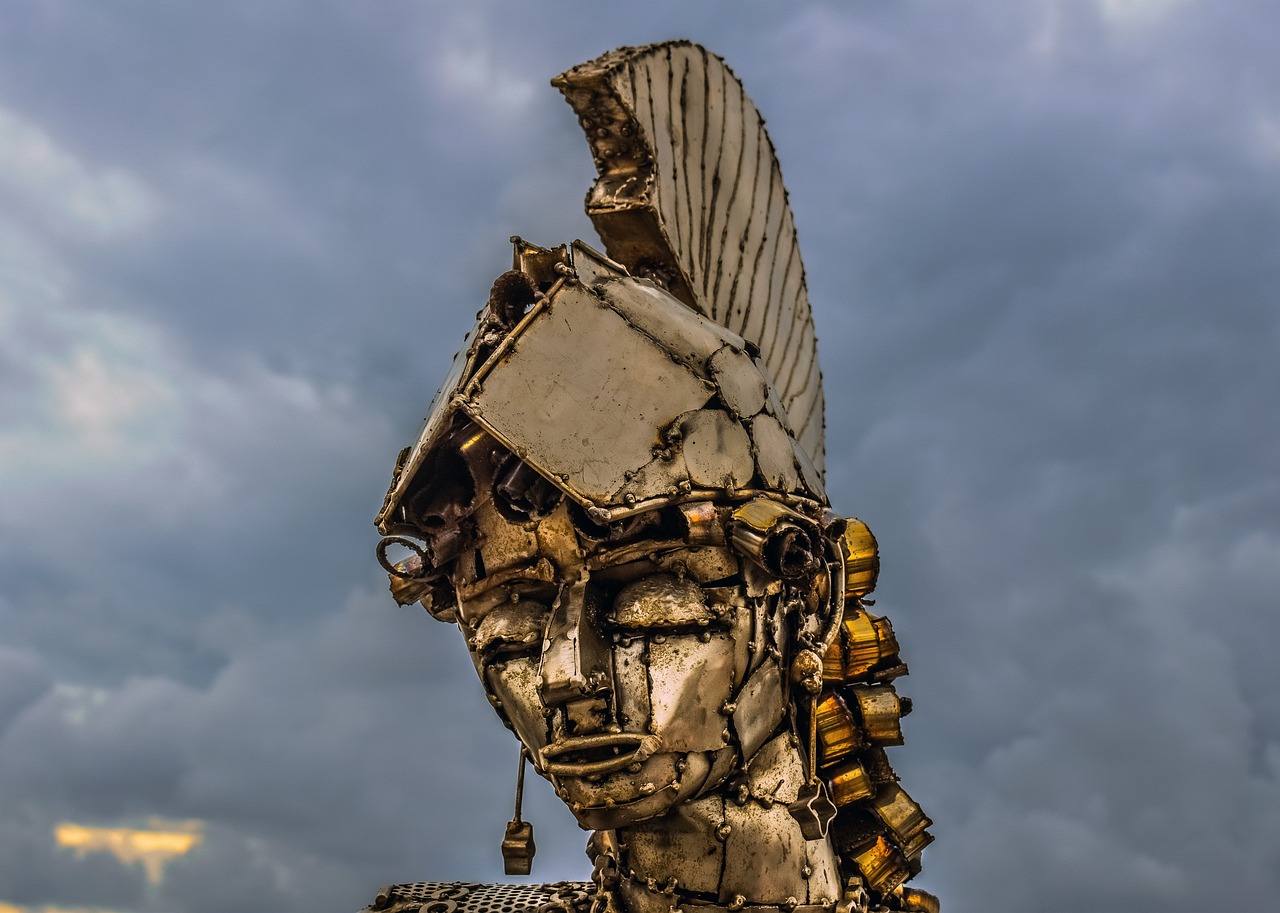MINERVA: The Goddess of Wisdom
Domains:
Wisdom, trade, science, arts, medicine, crafts, professions, and war.
Type:
Major Deity
Roman Name:
Minerva
Greek Equivalent:
Athena
Alternate Names:
Minerva Medica, Minerva Achaea
Festivals:
Quinquatria (March 19-23), Minor Quinquatria (June 13)
Temples:
Temple of Minerva Medica, Delubrum Minervae
Overview
Minerva stands out among deities due to her diverse attributes and responsibilities. She was revered for her wisdom, trade, science, arts, medicine, and craftsmanship, later also becoming associated with war. Recognized as the protector of doctors and medicine, Minerva was originally an Etruscan goddess who became integral to the Roman pantheon thanks to her expansive influence and gifts. The Greek goddess Athena is her closest counterpart.
Born solely from Jupiter, Minerva’s origin story is striking; she emerged fully grown and armored from her father’s forehead, embodying strength, intelligence, and beauty. Jupiter favored her immensely, and her significance as part of the Capitoline Triad highlights her prominence.
Virgin Goddesses
Minerva is one of three virgin goddesses, alongside Vesta and Diana. These deities pledged not to marry, not out of disdain for men, but due to prioritizing their sacred roles. Collectively, they signify power, intelligence, and resourcefulness, holding essential roles within Ancient Roman culture. Their status is particularly noteworthy considering the limited rights afforded to women in that era, showcasing representations of formidable femininity.
Capitoline Triad
As a member of the Capitoline Triad, Minerva was joined by Jupiter and Juno to form a pivotal triad of Roman deities. The initial trio included not just Jupiter, but also Mars and Quirinus from the Sabine tribes. The Etruscans later influenced this triumvirate to include Minerva, resulting in the establishment of the Capitolium on Capitoline Hill—a magnificent temple dedicated to these deities, believed to be among Rome’s grandest, although remnants are sparse today.
Festivals and Worship
Annually, the Quinquatria festival took place from March 19 to 23 in Minerva’s honor, with Mars also being celebrated during this time. Artisans and students particularly observed this festival, regularly visiting her shrines to engage in worship. Additionally, a smaller celebration known as the Minor Quinquatria occurred on June 13, where flute players and artisans would also pay homage to Minerva. Throughout the year, worship took place at the Capitolium, reinforcing the reverence for the Capitoline Triad.
Duties, Attributes, and Symbols
Minerva’s representation was widespread throughout the Roman Empire, often illustrated on coins as a warrior figure at the bow of a ship. She is typically shown in her battle armor, complete with a helmet and spear. The animal most closely associated with Minerva is the owl, symbolizing wisdom, alongside the rooster; among the sacred plants are the mulberry, olive, and alder trees. Frequently depicted with an owl, she connects strongly to her Greek equivalent, Athena.
Fun Facts
The legacy of Minerva endures in modern society, evident in numerous statues found around the globe, from government buildings to educational institutions. She embodies knowledge and wisdom, becoming a symbol that many wish to connect with.
Minerva Monuments: Statues of Minerva can be seen not only in Rome but also in the UK, Mexico, and Scotland.
Minerva in Education: Her name inspires a multitude of organizations, such as fraternities, sororities, and learning institutions.
Minerva in Government: Her representation is found on the state seal of California and also showcased through a mosaic at the Library of Congress, in addition to connections with the Walter Reed Army Medical Center and the Chartered Society of Designers.
Minerva in Military Recognition: The United States Medal of Honor, one of the highest military awards offered by the government, features Minerva as a symbol of valor.



